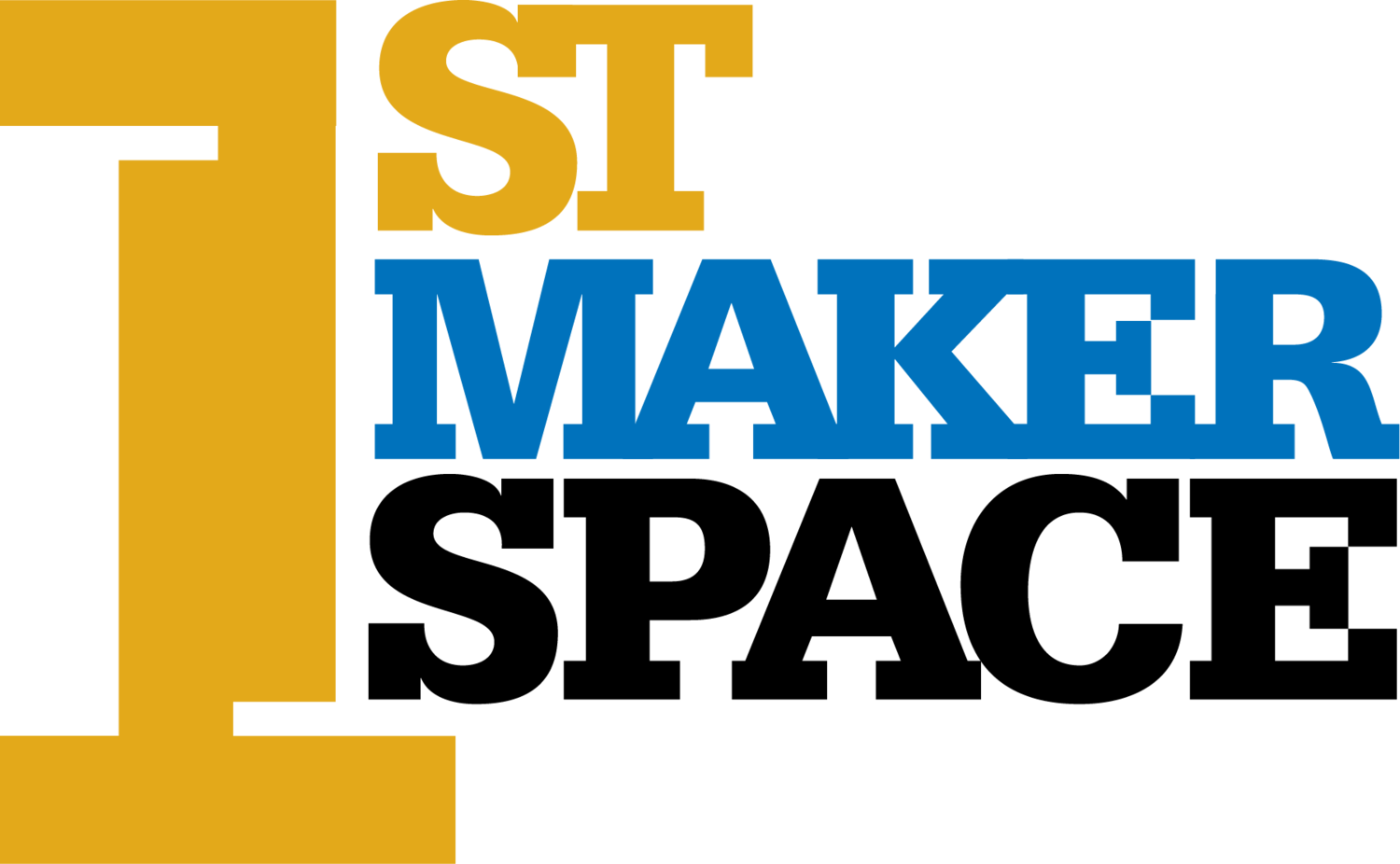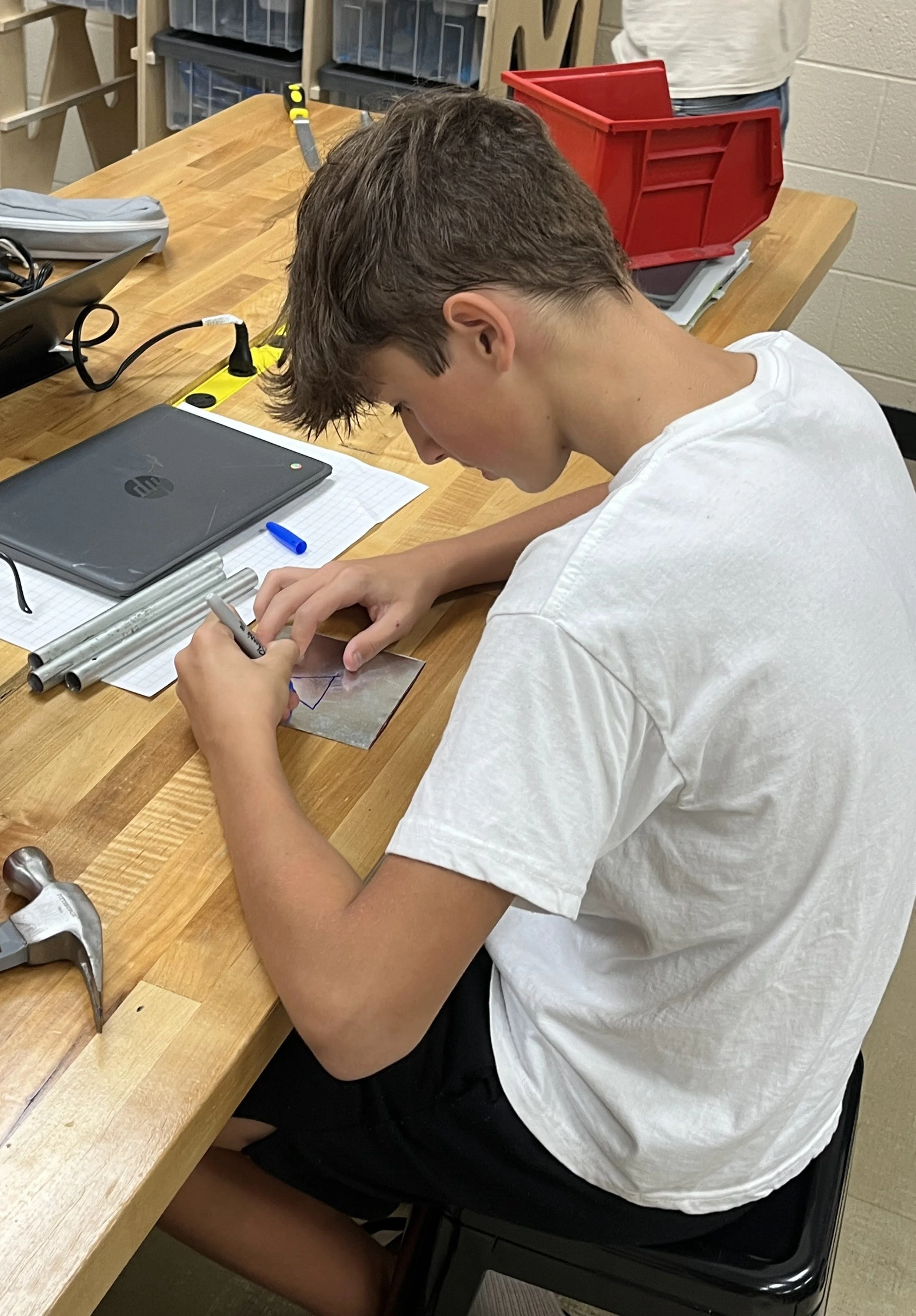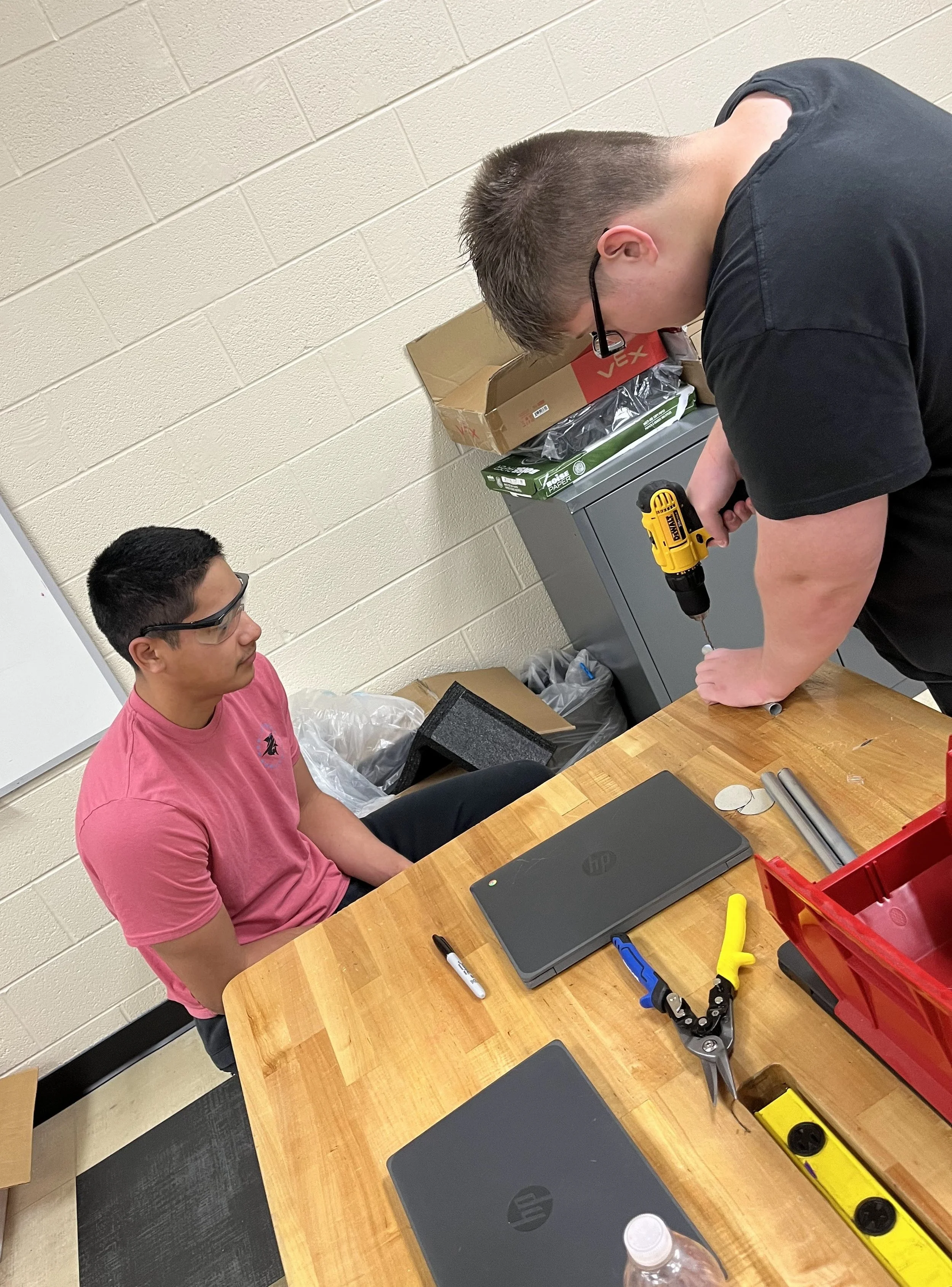Real World Experiences at Daleville Junior/Senior High School
At Daleville Junior/Senior High School, a transformation is underway, one that’s changing how students in grades 6–12 engage with learning, creativity, and real-world skills. Through a partnership with 1st Maker Space, the school installed the “Bronco Makerspace” in the summer of 2021, and since its opening in September of that year the impact has been clear.
The makerspace at Daleville was thoughtfully designed with two distinct zones: an Innovation Zone and a Build Zone. The Innovation Zone features white-board tables for brainstorming and ideation, while the Build Zone houses robust maker-furniture and fabrication equipment to bring ideas into reality. Equipped with tools like a 100 W Gweike laser cutter, Flashforge 3D printers, and CNC machinery, the space gives students access to fabrication capabilities that historically might only be found in college or industry settings.
The purpose of the makerspace goes beyond simply having cool equipment; it’s about preparing students for future opportunities and giving them ownership of their learning. At Daleville, students in grades 7 and 8 rotate through the makerspace as part of a nine-week sequence, ensuring all young learners get hands-on experience.
The makerspace also serves as a bridge to local industry: for example, the partnership with the Magna Muncie manufacturing facility gives students a window into advanced manufacturing careers and helps shift perceptions about what “factory” work can look like today, clean, tech-driven, and innovation-oriented.
Impact on Students & School Culture
Engagement through making: When students build, design, iterate, and sometimes fail and try again, they apply learning in tangible ways. As one educator noted, “When students make something, they apply their learning, and less learning is lost.”
Equitable access to tools: By making the space available to all students from grades 6–12, Daleville widens the reach of STEM and maker opportunities across the school.
Career readiness and pathways: The makerspace is a key component of Daleville’s efforts to build a career pathway in advanced manufacturing and automation. Students are not just learning theory; they are developing skills that align with industry needs.
School identity and retention: The makerspace supports Daleville’s mission of “building relationships, improving instruction, providing opportunities and relentlessly striving to help students reach their full potential.” It becomes a signature program that can attract and retain students who are excited about hands-on, future-focused learning.
One of the early wins was a LEGO-based simulation installed by the Magna team, allowing students to preview manufacturing workflows in an interactive way. Several teachers at Daleville even participated in summer externships at the Magna facility to deepen their industry understanding and then bring that context into the classroom and makerspace. Teacher, Kaylee Partlow, who teaches within the makerspace, says, “Our most popular tools have been the 3D printers and the laser cutter. I have noticed that students' creativity and collaboration go up for certain. Students are excited to come into the space and get to work on our current projects.”
The makerspace at Daleville is not static; it’s part of a larger vision. The school intends to open the makerspace to the community through “family making nights,” further expanding its impact. As students move through grades 6–12, the makerspace becomes a continual resource, not just a novelty. For older students, deeper projects, certification opportunities, and industry-aligned courses are on the horizon.
In an era when technology is evolving fast, and many future jobs demand creativity, problem-solving, and technical fluency, spaces like the Bronco Makerspace give students a head start. They learn how to think like makers, iterate, test, collaborate, and build, not just consume. Partlow says, “I think my favorite makerspace project we have done is where we created our own games that students could play during their study hall periods once they had their work completed.” For a school like Daleville, which serves a small yet ambitious community in east-central Indiana, this represents an investment in students’ futures and in the local economy.



